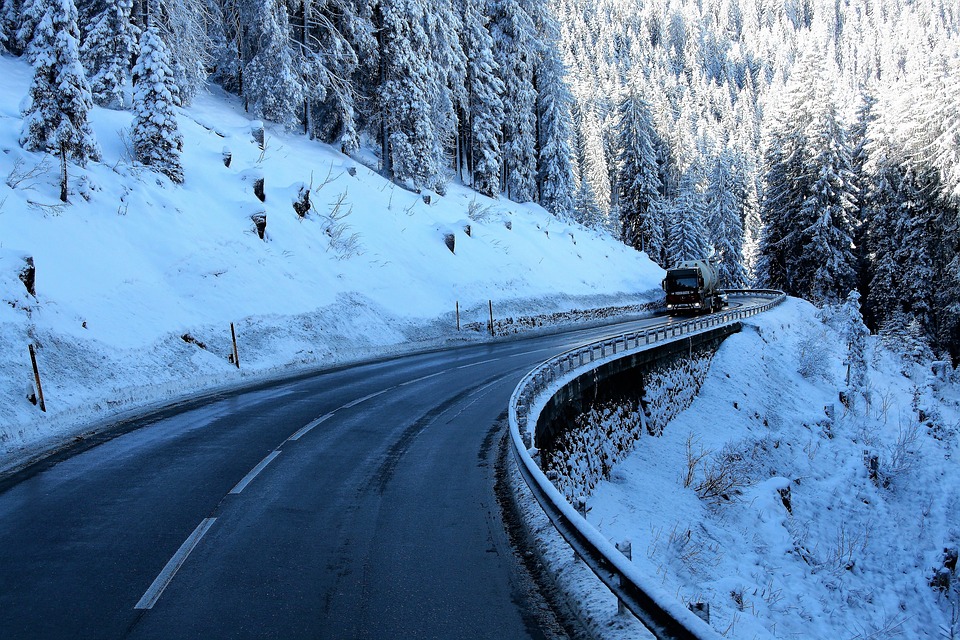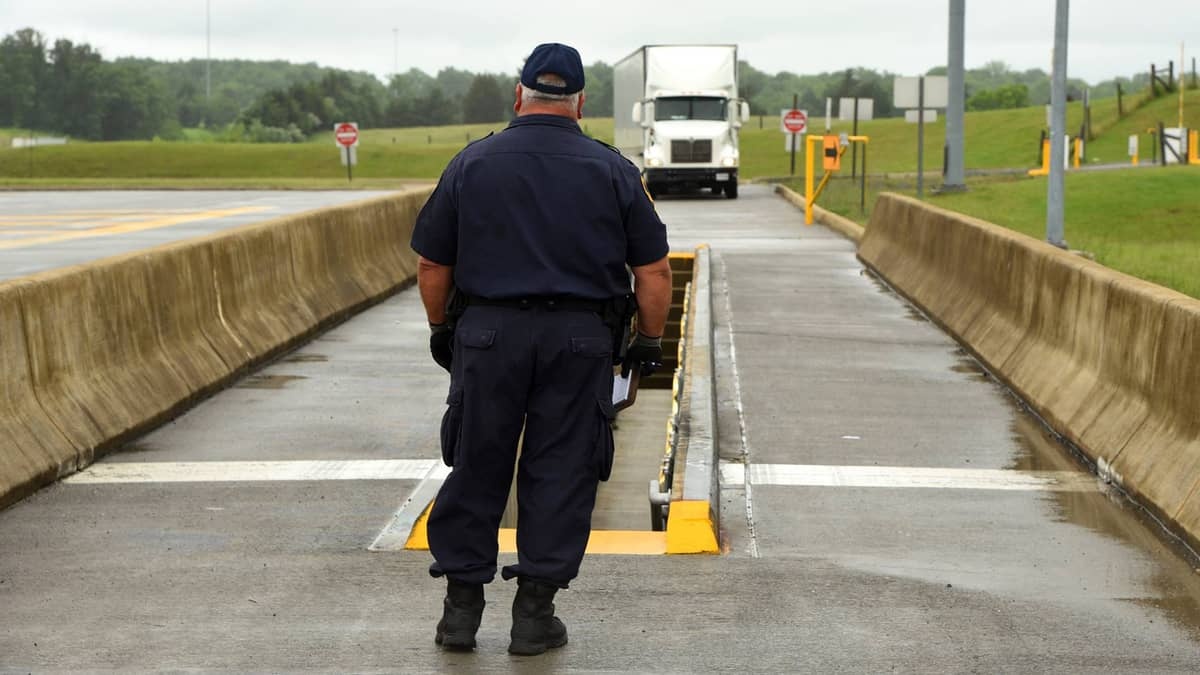Need help? We're here!
(888) 312-8812 Login Signup10 Winter Driving Tips for Long-Haul Truckers
December 28, 2020

Image Source: Pixabay
Driving in snow or icy roads and inclement weather is always a challenge, even for the most experienced truckers. Poor visibility, decreased traction, and loaded trailer make the job of a big rig driver extra tricky.
Preventive maintenance prepares your truck for the season of wear and tear, but it will get you only so far. Driving safety also lies in the way you drive and on your alertness and smart response to what lies ahead. Winter driving also demands a specific set of skills for all professional truck drivers. Below are some tips to help you sail through the winter season without getting into major troubles:
-
Winterize your truck.
It will help if you get your truck ready for winter to prevent mishaps. Before you hit the road for a long haul, inspect your truck fastidiously. Check the tires for wear, balance, and the right pressure. Ensure engine oil, antifreeze, and other necessary fluids are all topped up, and all the lights and defrosters are working well. Clear the exhaust pipe of snow and ensure that the battery and the wiper system are fully functional. Fleet managers should have all their commercial trucks thoroughly checked by a mechanic to make sure they can stand up to all the rigors of winter driving.
-
Be ready for every possible situation.
Besides your rig, make sure that you are also prepared for the harsh driving environment before starting your journey. Bring with you a de-icer and ice scraper that you can use to clear your windscreens of snow and jump cables for no-start situations. It’s easy to get stuck on minor roads during this season, so it is wise to take a shovel plus a bag of sand or salt during a long-distance trip. Since air tanks freeze-up rather quickly, a hammer and a putty knife will come in handy. You may also bring tire chains with you.
-
Stay alert.
On the road, truckers need to be alert and smart enough to make the right decisions and discern when the situation is not safe. If you are aware of your surroundings, you can easily determine when it’s time to ‘get off the road’ and wait until conditions are safe. Always drive sober. Remember that alcohol and drugs can cause impairment, and driving impaired by any substance is illegal in all states.
Also, stay alert for black ice, which often appears like a shiny new asphalt. Pavements, during winter, usually look grey-white. Since black ice is invisible, always keep an eye for signs, such as ice buildup on the truck’s antenna, mirror arms, and on the top corners of the windshield. Another sign is tire sprays from the vehicles ahead of you. If the spray stops, there could be black ice on your way.
Avoid distractions while driving. Fiddling with your phone diverts your attention from driving, and this will impede your response to any road hazard or situation.
-
Slow down.
Obey recommended speed limits at all times. It is always the best precautionary measure against any driving mishaps on slippery roads. Truck drivers need more time to bring their rig to a halt if there’s road obstruction, and it is even harder to control or stop on snow-covered pavement. Go slow and find a comfortable speed at which you have control over to avoid quick, jerky movements that may cause you to slide, slip, and lose control of your big rig.
Maintain a safe distance back from snow plows and salt/sand/anti-icing trucks. You also need to be mindful of bridges and elevated structures as they tend to freeze first and are often not treated with salt or sand. Slow down when you approach such structures to avoid losing control and spinning out.
-
Maneuver smoothly yet precisely.
During winter, it is necessary to drive and maneuver smoothly and with precise movements. Refrain from doing anything abrupt, especially sudden braking, acceleration, or cornering. If the situation forces you to slow down suddenly on a slippery road, pump your brakes lightly.
Your job as a trucker becomes extra challenging if you’re driving a tractor-trailer and load during winter. Do not engage the jake brake when the road is icy. This can cause the trailer to slide and spin you out of your position.
The secret here is to maintain a constant speed, keep a safe buffer zone around your truck, allow safe following distance, and avoid doing anything that minimizes traction on icy or snow-covered roads. It is crucial to arm yourself with outstanding speed, maneuvering, and skid control skills, as well as good, solid judgment of the situation.
-
Prioritize your safety.
Keep in mind that there is no load or delivery worth your life. In extreme driving conditions, don’t try to be a hero. If you deem it unsafe to be out there, try to look for a safe spot where you can wait it out. Get to the nearest truck stop, park on a ramp, or anywhere out of the way. Parking on an incline is not a good idea; you may get stuck there.
-
Keep tabs on the weather.
Before heading out for a long haul, check the weather, the traffic, and the road conditions. Postpone or cancel your trip if the weather gets harsh, or you might end up getting stranded if the weather becomes worse.
-
Plan your trips ahead.
During the cold season, always allow for extra traveling time or delay so that you won’t be rushing if the weather gets inclement. Do not be in a hurry to get to your destination, and make sure to familiarize yourself first with maps and directions before you head out. Even if you use a GPS, it pays to inform other people about your route and your anticipated arrival time.
-
Don’t forget your necessities.
You’ll be out in the cold for long hours, so take extra care of yourself by carrying warm clothes, lined gloves/mitts, insulated socks, a sleeping bag, and comfy blankets with you. Traction shoes or winter boots and a high-visibility jacket come in handy, especially when you need to go out of your truck’s cabin to go around and give your truck a once-over.
-
Be mindful of your diesel.
Besides getting your tanks full, it is advisable to treat your diesel properly with an anti-gel additive. Diesel gels at freezing temperature, and when this happens, the truck won’t run. Pour the gel into the tank before the trip and give it time to mix with the fuel.



